The Bentley Speed Six Continuation Programme
Bentley is bringing the legendary Speed Six back to life by building 12 brand new models.
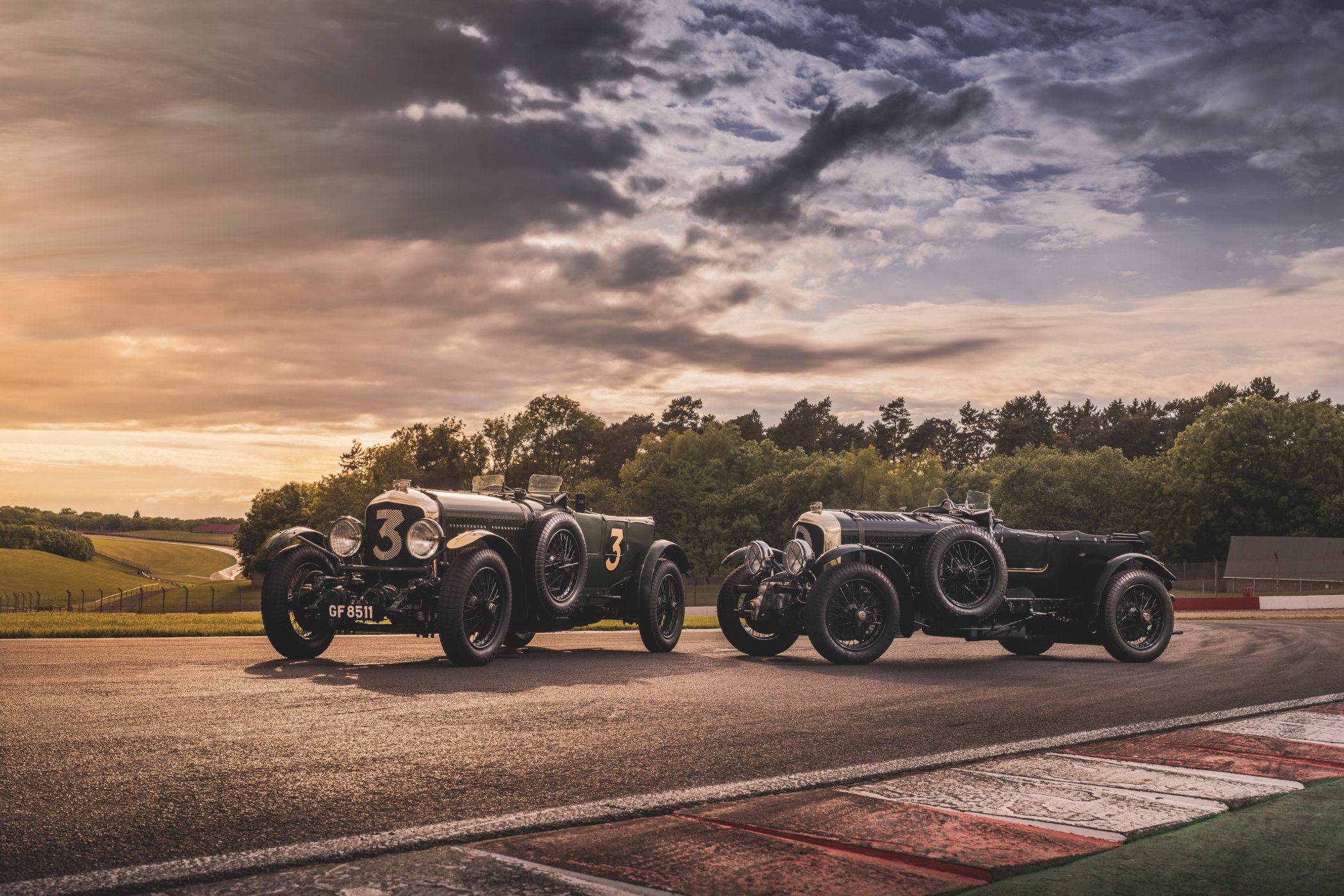
Today we’re going back to the 1920s, the early days of endurance racing at Le Mans. A time when safety measures meant you wore a pigskin “helmet” and a pair of goggles. A time when racing was done mostly on public roads, lined with people and bales of hay. It was also a time when legends were born. Legends such as the Bentley Speed Six, which is now being brought back to life. It is the second continuation programme by Bentley Mulliner, in which it will build 12 cars using as close to the original as possible.
It might need a little explaining, but a continuation programme is basically picking up where you once left off. It means you are building something using the original plans, the original materials and the original techniques. Bentley has done it before, with the equally legendary Blower Bentley, and is now repeating the process with the Speed Six, another absolute icon from racing history.
W.O. Bentley
Walter Owen Bentley, born in London, England in 1888, pursued a profession in transportation before and after the First World War. He started his career with an apprenticeship for The Great Northern Railway, before having a crack at motorcycles and eventually turning to cars. W.O. Bentley entered into cars with his brother, Horace Milner Bentley to import and sell Doriot, Flandrin & Parant cars from France, through the Bentley & Bentley company.
From early on, W.O. Bentley was fascinated with racing and even competed in the gruelling Isle of Man TT motorbike race twice. Convinced it was a great way to market cars, he started to improve the DFP cars he and his brother sold, and set a number of records at Brooklands in 1913 and 1914.
When the First World War broke out, Bentley & Bentley’s attention shifted to aircraft engines, putting the experience garnered through the modification of the DFP cars to work. By using aluminium alloy pistons, the power output was improved and the engines could run at lower temperatures and therefore last longer. W.O. was a consultant for a number of aircraft component manufacturers (including Rolls Royce), and eventually built engines under the Bentley name.
Following the first World War, W.O. Bentley started Bentley Motors, a company that would go down in history as one of the best car manufacturers ever. The first car built was the 3 Litre, which saw the light of day in 1921, with production starting a year later. It wasn’t long before Bentley went into racing, and history was about to be made.
The Bentley Boys & The Speed Six
W.O. Bentley always had the philosophy to build “a good car, a fast car, the best in class” and is also credited for saying that in order to build a faster car, you need to build a bigger engine. While that is not entirely true, his cars were often referred to as barges, being large and bulky. At one point, Ettore Bugatti even called them “the fastest lorries in the world”. Nevertheless, the Bentley 3 Litre proved to be a formidable race car and among its accolades are multiple hillclimb and endurance wins and records. It even won the 1924 Le Mans 24 Hours at the hands of Frank Clement and John Duff.
Being beaten by a Lorraine-Dietrich the two years that followed, Bentley returned to the top spot in 1927 with a second win for the company, and its 3 Litre. It would be the start of a 4-year winning streak at the legendary event. In 1928 Bentley took was victorious with the 4 ½ Litre, also known as the Blower Bentley (it featured a supercharged bolted to the front of the engine). Win number three and four came courtesy of the Bentley Speed Six. It cemented the company’s legacy and made superstars of its drivers who became known as the Bentley Boys.
The Bentley Speed Six was introduced in 1926 and built until 1930. It was basically a rolling chassis based on the Bentley 6 ½ LItre. It was built in various sizes, and a client could pretty much have any type of body on top. One of the most famous versions of the Speed Six is the Blue Train Bentley, in which Woolf Barnato raced against Le Train Bleu from Cannes to Calais. Behind the wheel of his Bentley Speed Six, he reached his own club in London before the train was even close to arriving at Calais.
The racing version of the Speed Six produced up to 200 horsepower, a little more than the “standard” car, thanks to an upgraded 6.5 litre straight-6 engine. Over a four-year production run, a total of 544 cars were built, 362 of those being the 6 ½ Litre and 182 Speed Six’s. The Speed Six proved to be Bentley’s most successful racing car ever built but was outclassed by the lighter, more nimble Alfa Romeo 8C 2300 the years after.
The Speed Six Continuation Program
To recreate such an icon and considering the Speed Six’s are almost 100 years old today, takes up an enormous amount of time and money. Bentley Mulliner, the coachbuilding division of present-day Bentley has made 3D CAD renderings based on the original blueprints of the Speed Six, and two cars for reference.
The Bentley Speed Six referred to as “Old Number 3” was the third car that entered the 1930 Le Mans 24 Hours race and made it to the finish. It has been preserved ever since, is road legal even today, and is a regular participant in classic car and historic racing events.
The second car used for the recreation programme of the Speed Six is W.O. Bentley’s personal car, chassis GU409. Built in 1929, it was a road car featuring an identical Vanden Plas four-seater body as seen on the race cars. It is owned by Bentley and will provide performance benchmark data for the continuation cars.
Each of the 12 cars to be built by Bentley Mulliner will be built in accordance with the original plans, paired with the 3D scans and the data gathered from the two original cars. This means a primarily handbuilt chassis, fitted with a recreation of the 6.5-litre straight-6 engine, producing around 200 horsepower. The top speed is claimed to be 125mph, which equates to just over 200kph. All this doesn’t come cheap but the EUR 1.75 million price tag is considerably lower than the price of an original Le Mans-winning Bentley Speed Six. Oh, and don’t bother with raiding your piggy bank, all the cars have been sold already.
For more information, please visit BentleyMotors.com



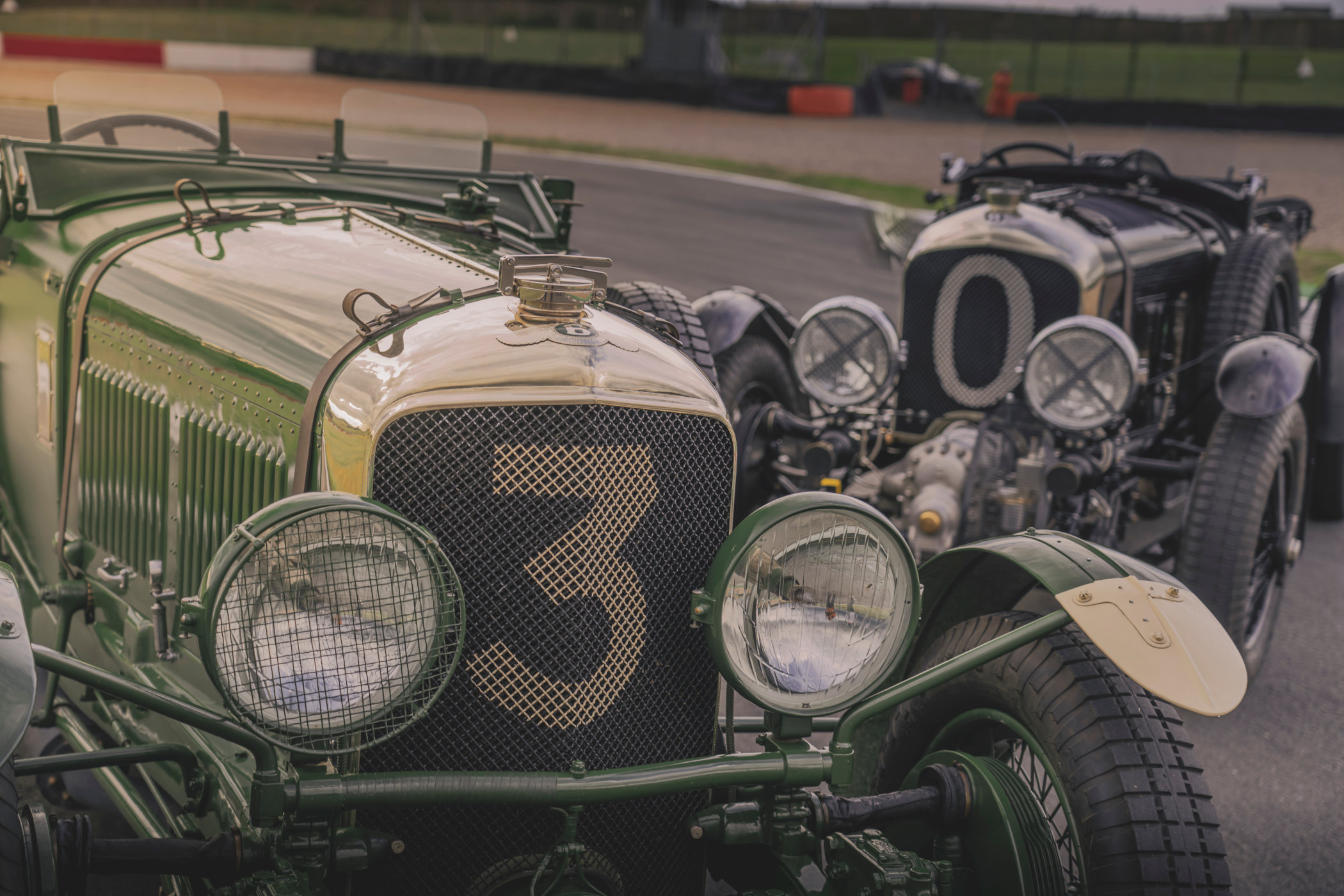

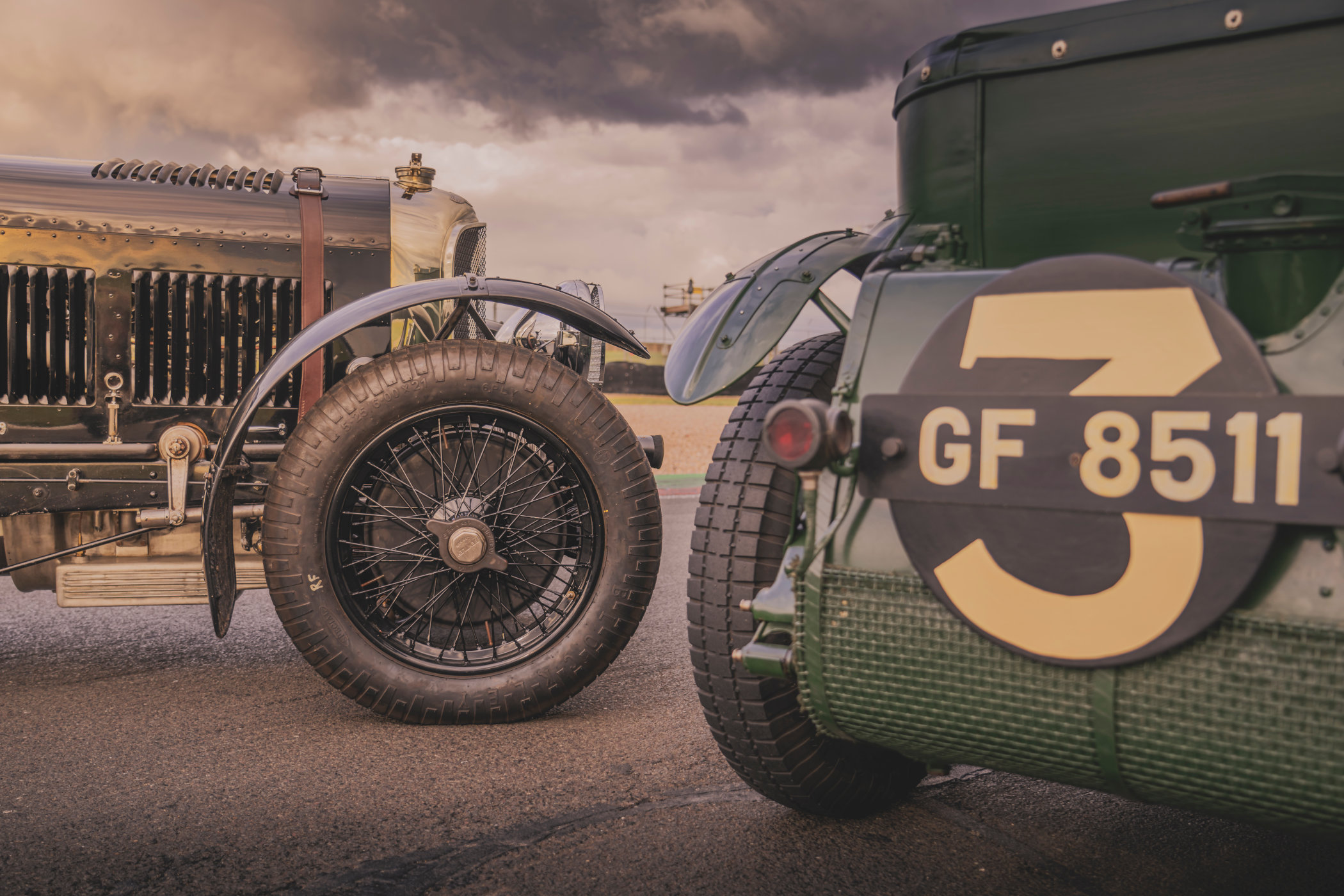
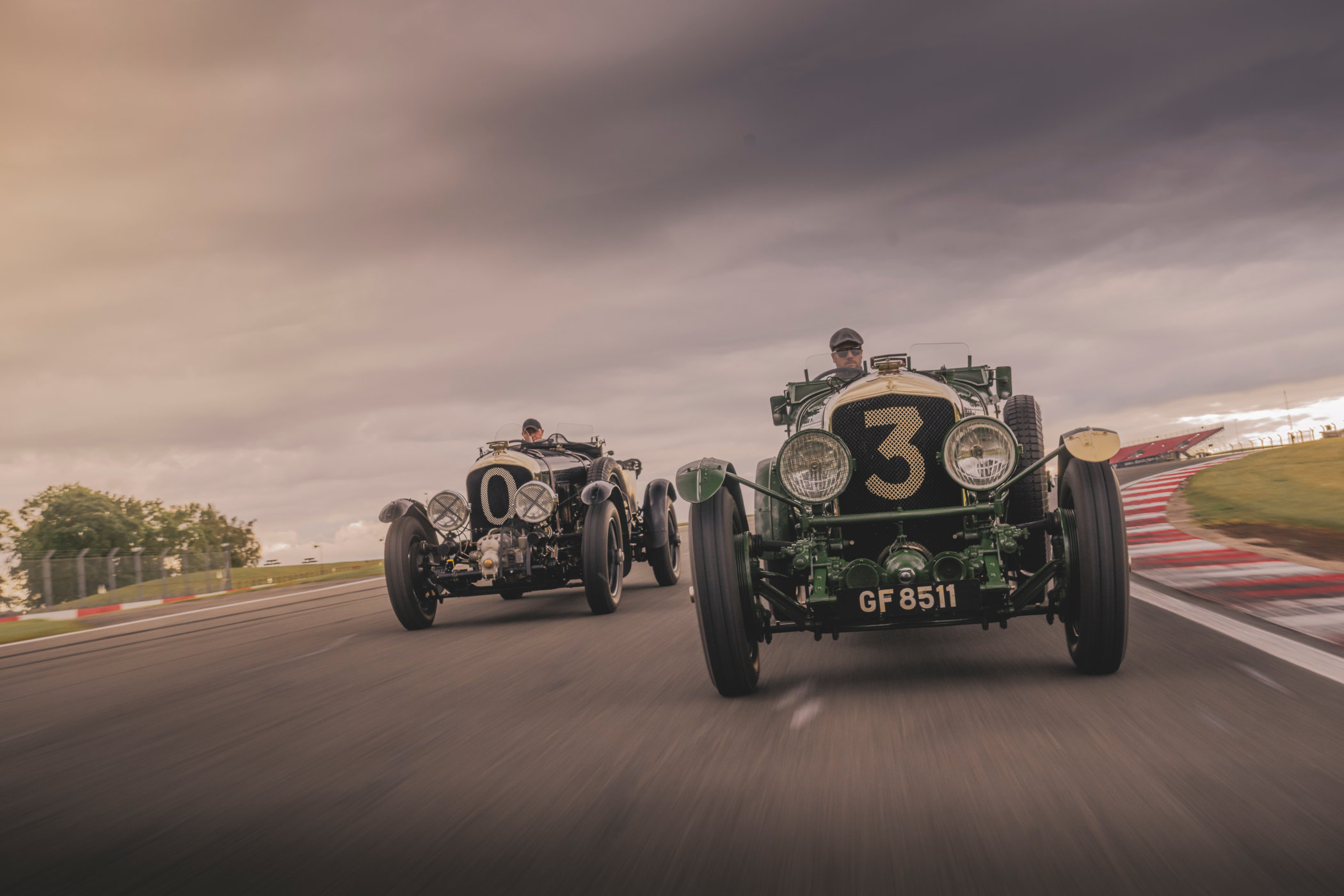

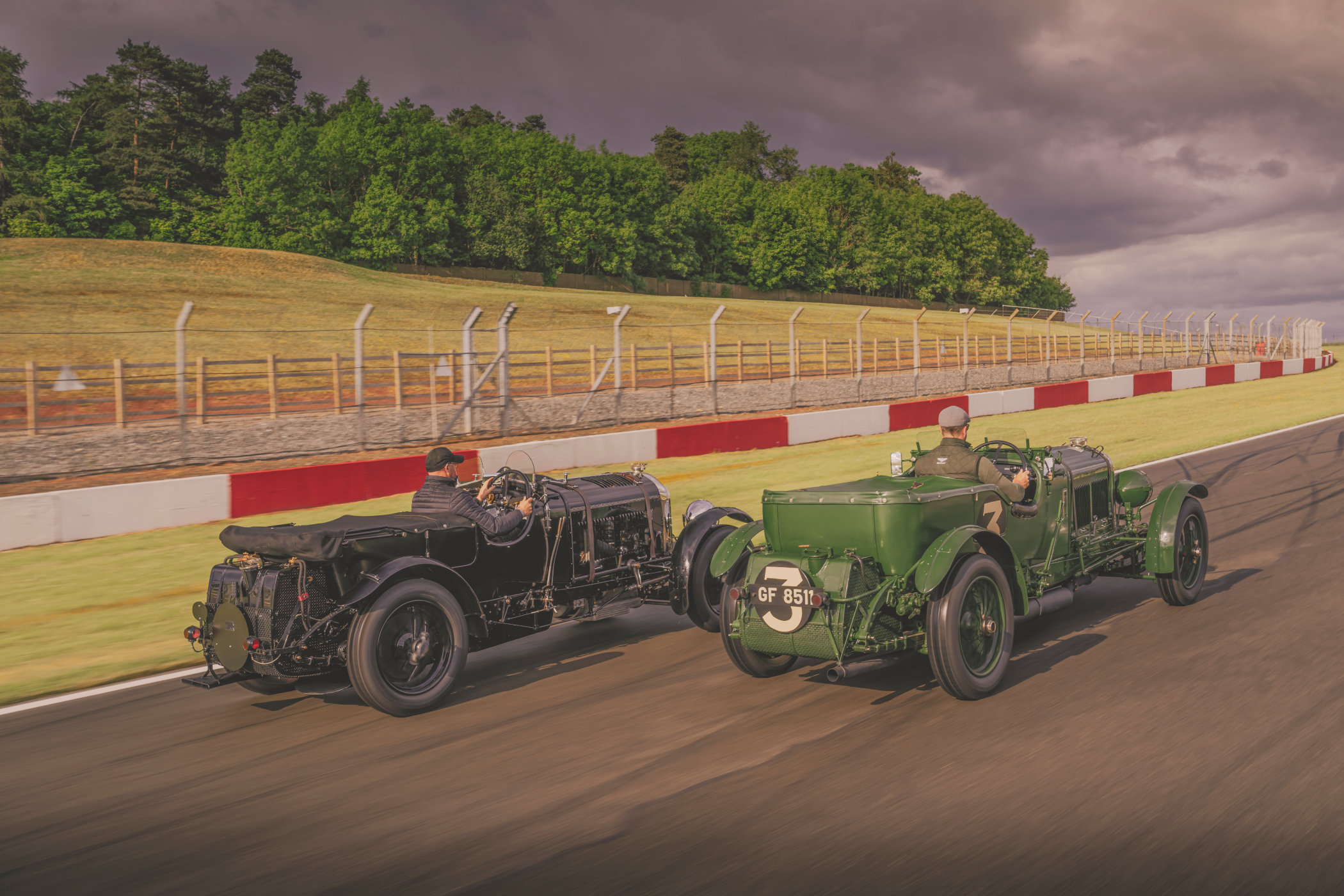
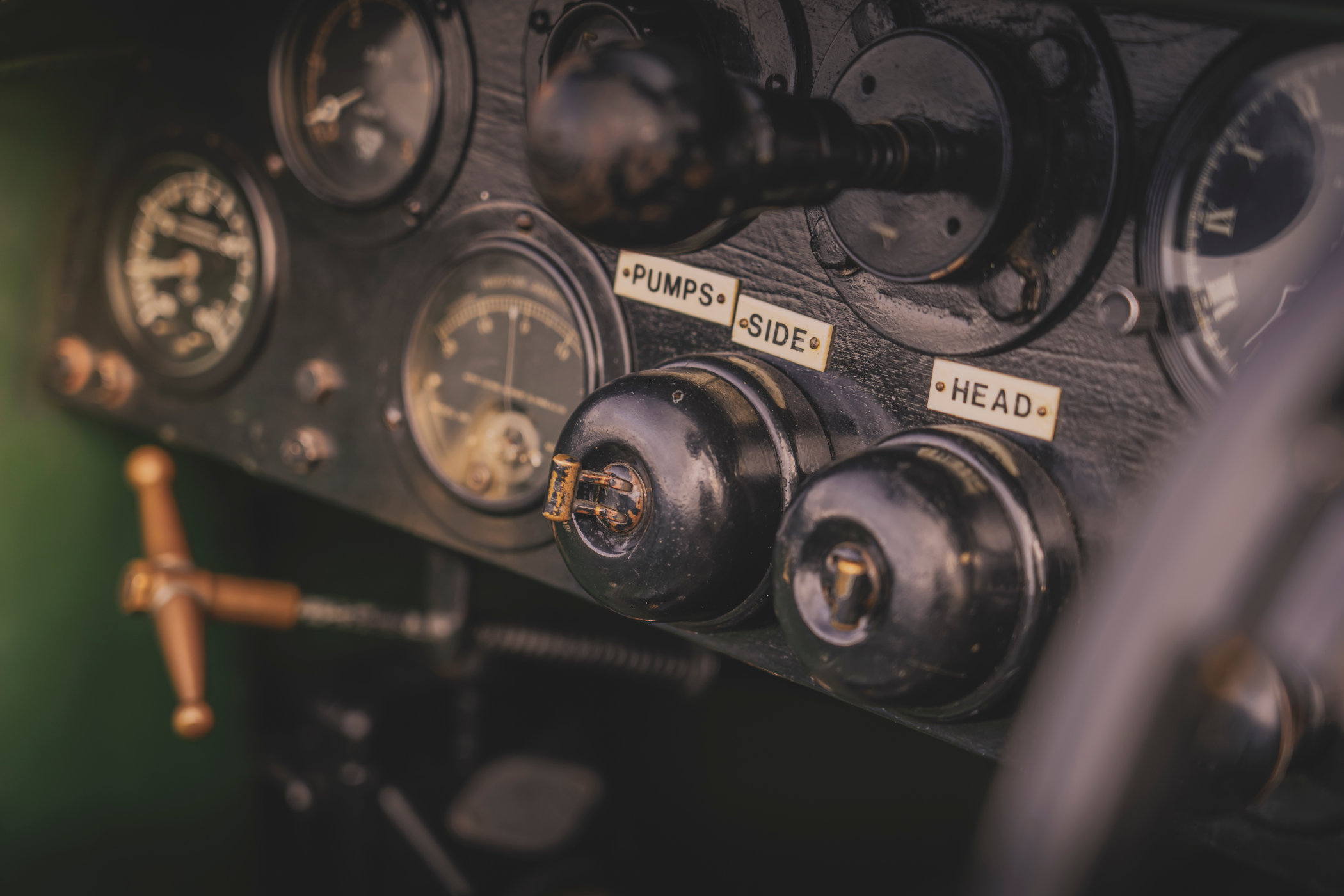

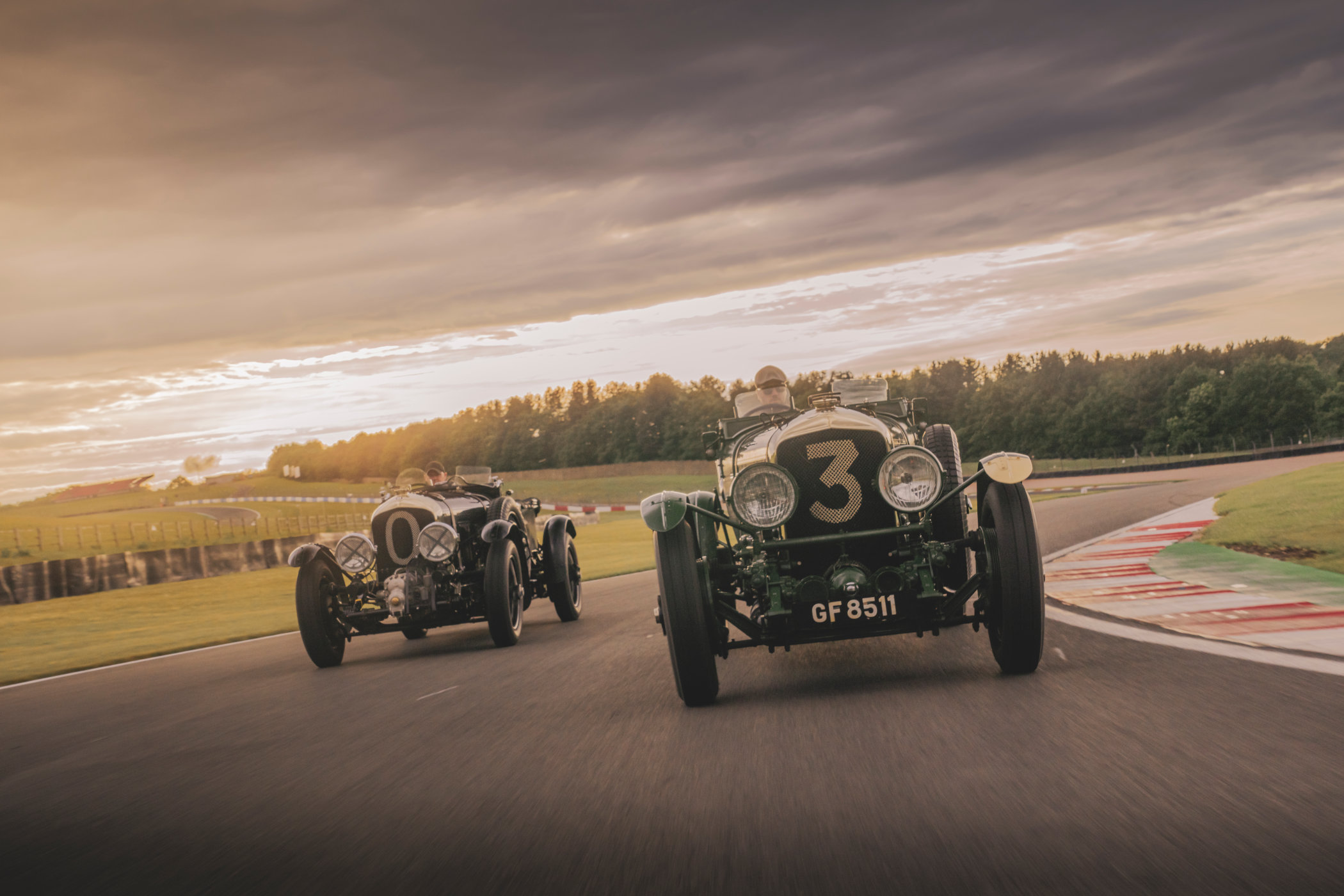



2 responses
A truly epic car for the lucky few. Seeing one going around Silverstone properly fast gave an idea of just how impressive they must have been against the cars of their era.
I’ve always been fascinated by the Bentleys of the 20’s & 30’s. Of all the fabulous engineers of that period W.O. is the one who I would have loved to have been able to look over his shoulder while he came up with his gorgeous cars.